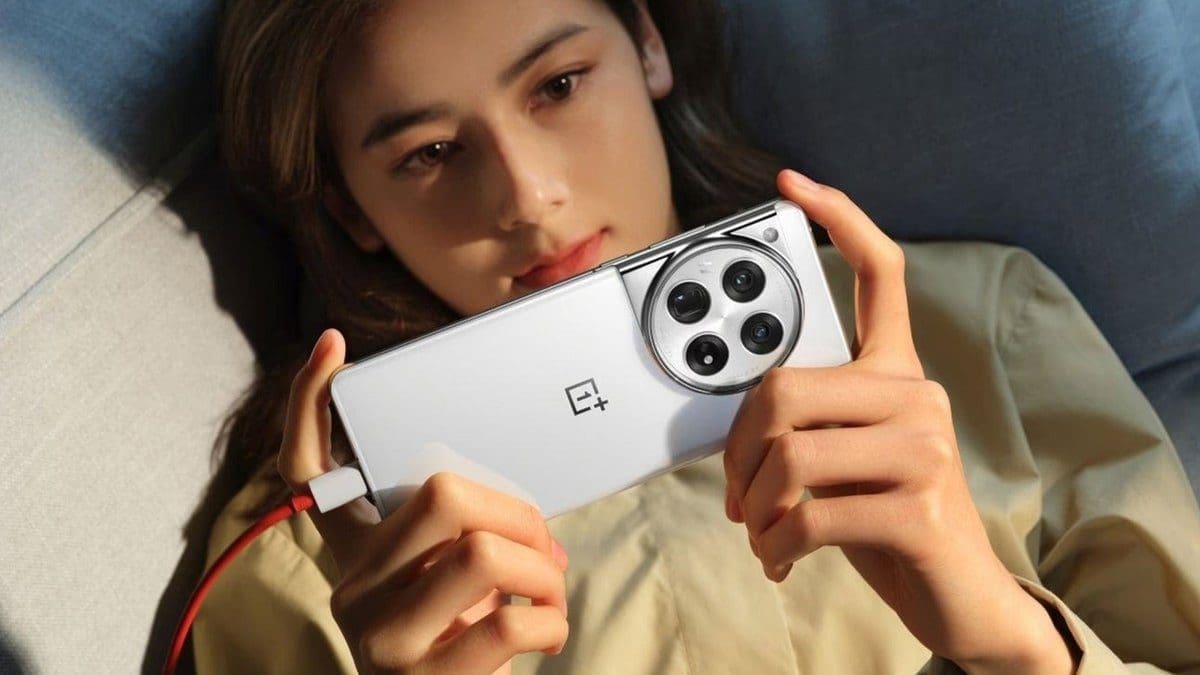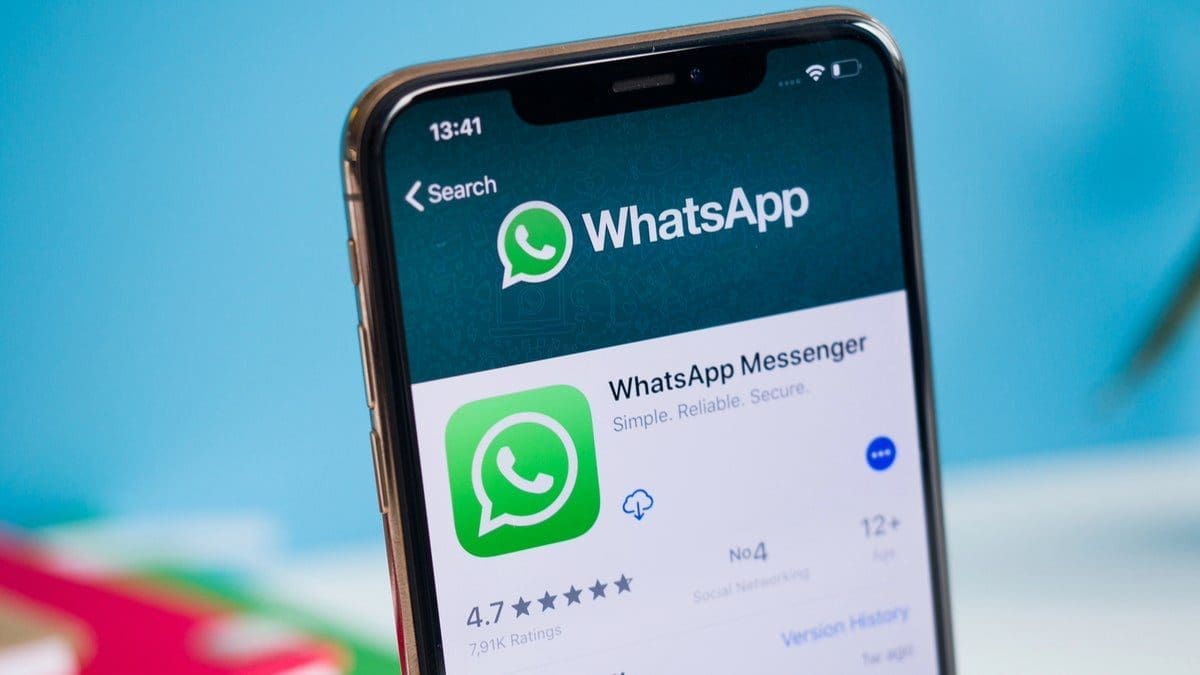OnePlus 12 claims no less than six major breakthroughs
The OnePlus 12 was announced in China last week, and while it’s quite an intriguing device, one unique and head-turning aspect of it surely got our undivided attention – its record peak brightness of 4,500 nits.With the OnePlus 12, the company prides itself in having outfitted the device with one of the best displays on a phone currently available. There are seemingly six major display breakthroughs employed here, as well as no less than nine “world first” features that grace the OnePlus 12 screen. Some 18 other records are also seemingly shattered. All of this leads to the bar of our expectations raised quite high.
OnePlus 12 peak brightness versus the next best thing
Circling back to the most staggering ‘number’ related to the OnePlus 12’s display, its peak brightness, it definitely sticks out among all other phones released in 2023. After all, most phones released in 2023 have all arrived with much humbler peak brightness. For example, the Google Pixel 8 Pro came with a 2,400-nit display, among the highest in the industry, while Apple claims up to 2,000 nits of outdoor peak brightness.How could have OnePlus achieve such an unusually high metric? Is it real, or have we all become lost in the translation? Furthermore, how do the other manufacturers measure brightness?
| Phone | Typical brightness | HDR brightness | Peak brightness | Measurement specifics |
|---|---|---|---|---|
| OnePlus 12 | 1,600 nits | – | 4,500 nits | |
| Google Pixel 8 Pro | – | 1,600 nits | 2,400 nits | *HDR brightness measured at 100% on-pixel ratio (100% APL)*Peak brightness measured at 5% on-pixel ratio (5% APL) |
| Google Pixel 8 | – | 1,400 nits | 2,000 nits | *HDR brightness measured at 100% on-pixel ratio (100% APL)*Peak brightness measured at 5% on-pixel ratio (5% APL) |
| Samsung Galaxy S23 Ultra | – | 1,750 nits | – | |
| Apple iPhone 15 Pro Max | 1,000 nits | 1,600 nits | 2,000 nits | – |
| Xiaomi 13 Ultra | – | 2,600 nits | – | |
| Redmi K7 Pro | – | – | 4,000 nits | |
| Oppo Find X6 Pro | 800 nits | 1,500 nits | 2,600 nits | – |
AMOLED displays and brightness in a nutshell
The 4,500-nit peak brightness, more than twice that of most flagship phones currently sold in the US, is most certainly real. Then again, the OnePlus 12 surely isn’t more than twice as bright as most of its rivals.It all boils down to the way the brightness is measured and how AMOLED displays work.
How did OnePlus achieve such an unusually high peak brightness?
We are mostly certain that the 4,500-nit peak brightness of the OnePlus 12 is a real measurement that can be easily backed up by the company. However, we are also mostly certain the brightness measurement was done at a very low APL, likely allocating the maximum power to a single white pixel in HDR mode, which has peaked at around 4,500 nits.
What is the real-life OnePlus 12 peak brightness?
The folks over at DisplayMate have measured that the OnePlus 12 display is capable of delivering 1,630 nits of brightness at 100% APL in full-screen mode. This means that the whole screen is lit up in white, so that’s what you can expect of the device when using it regularly.At 1% APL, which means that just 1% of the display’s pixels are emitting light, DisplayMate has measures 2,675nits of brightness, which mostly coincides with the previously rumored 2,600-nit maximum display brightness of the OnePlus 12.
We surely can’t wait to get our grubby mitts on the OnePlus 12 and see how bright its display can really get.










